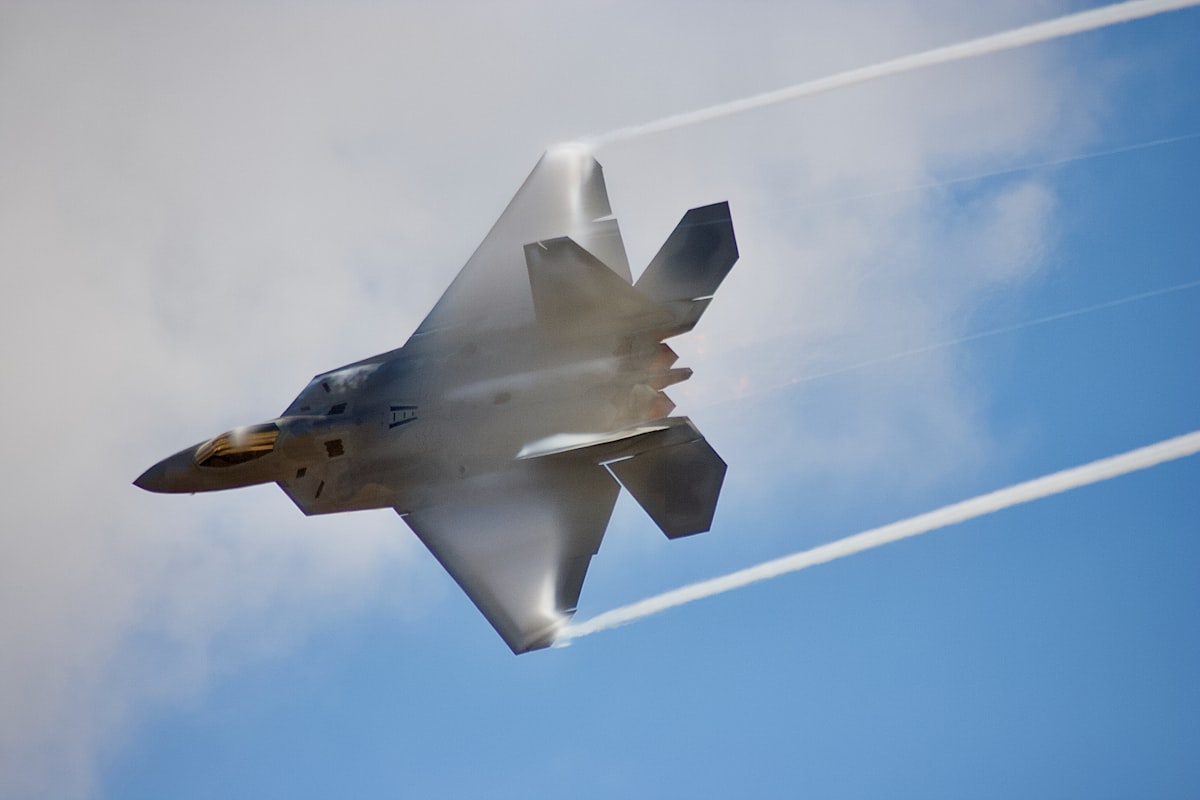Are you decisive?

↓
We enjoy creating things in our own image. And so it's no surprise that when many of us start companies, we give it a powerful central nervous system — a brain, to act as an executive function.
We've built militaries this way for millennia; if it worked to conquer the barbarians, why can't we use it to take the market? Smartest people at the top to think and, uhh, doers down there to do the work.
Except — in conditions of high uncertain, this structure has led to well-documented, catastrophic failures. 276 years later and we're still mocking the British redcoats, but it also nearly cost America any progress in a post-Saddam Iraq.
And didn't many of us start a company in part because we hated our jobs at that low-performing, dysfunctional workplace where we, stuck somewhere near the bottom, didn't really feel empowered to do our best work?
What Happens Next
Typically this is where an essay would veer into what to do instead, because by now you're thinking 'oh no, I don't want that! How can I do differently?!', but I'm either not going to do that, or at least not today.
Instead, I want to dwell in the misery and map out a few failure modes that follow from the above, which emerge even in tiny teams (i.e. startups).
In short, what does it look like if you aren't decisive?
To do this, I'm going to remove the 'D' (which stands for decisive) from the observe-orient-decide-act (OODA) loop, an agile framework for decision-making. What remains is a set of profiles for companies that have a decisiveness problem.
Three recipes for failure, served hot:
Observe, Orient, Act (OOA): This one is fun to say if you lean into the double-O. But it's not fun to be at. You do the work of gathering data (metrics), you talk about the data (metrics), you decide there's really nothing conclusive, and so you just start acting again, building more stuff, and the cadence repeats. All of the ingredients are there, but you never really make a decision.
This is tricky, because it looks so much like you are performing well (you're doing 3/4th's correctly!). One telltale sign is you never accept any trade-offs. And that's because trade-offs are the exhaust of decision-making, the kind the D stands for. But trade-offs suck, man — what if we can have it all?!
Observe, Orient (OO): The classic is analysis paralysis. You do the information gathering, you talk about it, decide you just don't have enough data to make a decision, so you start gathering more data again. Very little gets shipped.
Observe (Ob): This startup is an onlooker. They really love to see what everyone else is doing. They look at their metrics a lot. It doesn't really go beyond that. The skill of interpreting the metrics, sense-making, is underdeveloped. Dashboards replicate like a contagion.
The Source of Speed, or Pain
What makes startups fast — what allows them to ship faster than their giant competitors, is decisiveness. We bottleneck that decisiveness when we design our team to have a heavy central-nervous system. This can happen in a team as small as two people. It can even happen in a team as small as one (you don't trust yourself).
I'm sorry to leave us in the lurch, but I also think there's a benefit to steeping in any pain that stems from seeing ourselves in these. Namely, if we're on a team like this, that wince is a taste of what our teammates have had to deal with, perhaps quietly, while we, the founder, thought we were leading.
If we're going to make any lasting changes for their sake and ours, we can do worse than starting with empathy.